The Top 15 Things to Do in Norway According to My Experience

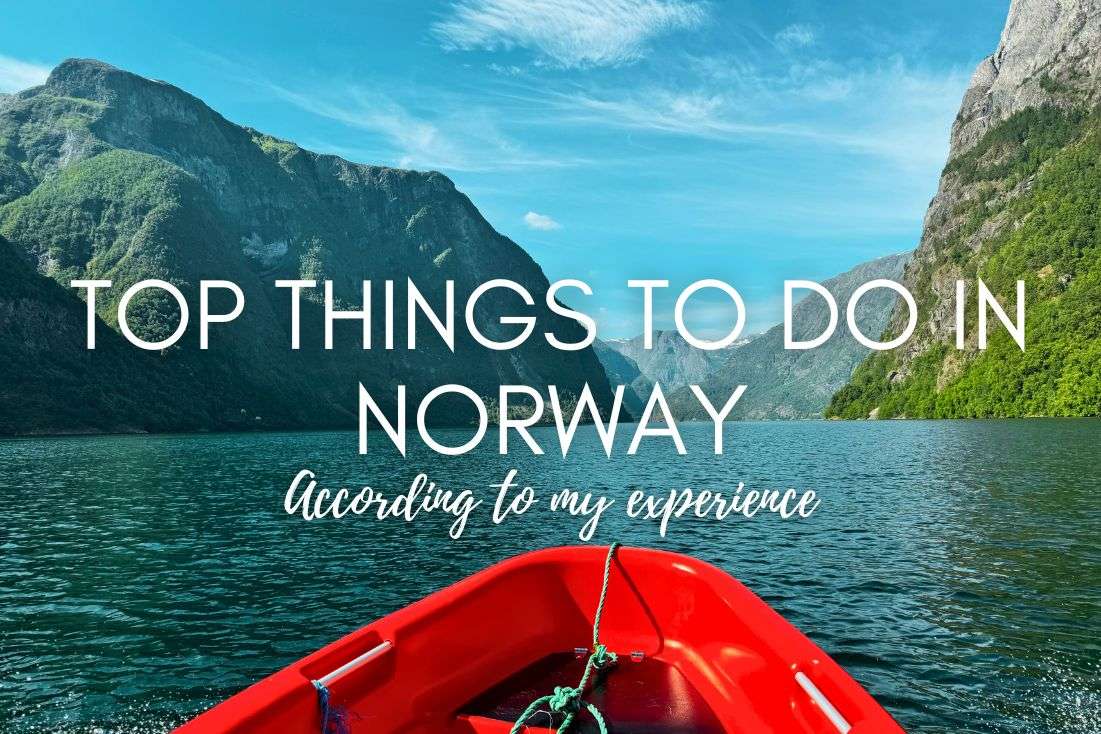
Norway is the ultimate playground for anyone who loves spectacular scenery, outdoor adventures, and a bit of Viking flair. From hiking on glaciers to cruising through fjords and messing up your circadian rhythm, there are so many great things to do in Norway. Believe me when I say from personal experience that this is a country that SERVES as a vacation destination.
I wanted this list to be not just about different places (see my must-see places in Norway for that), but about the must-do activities that’ll have you itching to book your own adventure. But let me be up-front with you—picking just 15 best attractions in Norway was a real struggle. Most of them are in Southern Norway, the region I've been to most.
Fun fact: Norway sees over 10 million tourists every year, which is nearly twice its population. So yeah, everyone wants a slice of this fjord-filled pie, and if you want my advice, 14 days is the best length of time to spend in Norway:

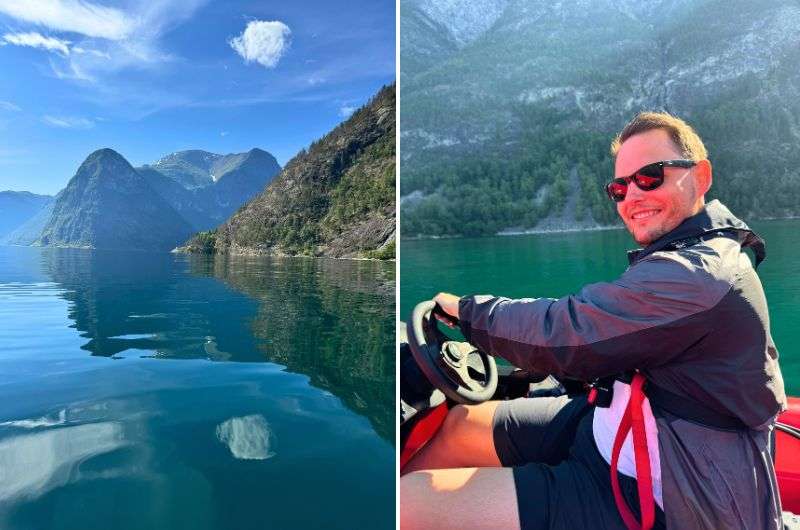
Get comfortable, it's going to be a ride!
This article covers just about everything you could want to see in Norway, at least if you’re a first-time visitor. From the classic attractions (the western fjords, mountains, the northern lights, etc.) to the less conventional (such as the Petroleum Museum, a Viking village, and Longyearbyen), you’re bound to find several things to keep you entertained!
Learn even more about Norway...
The top 15 things to do in Norway
- Ice-hike Folgefonna glacier
- Cruise in your own motorboat on Aurlandsfjord
- Stand on Pulpit Rock (Preikestolen)
- Let your jaw drop on the Besseggen Ridge hike
- Feel the adrenaline on the Kjerag/Kjeragbolten hike
- Wait in line for a photo on Trolltunga
- Learn about the Norwegian oil industry in Stavanger
- Look at Geirangerfjord from all sides
- Go beyond the Arctic Circle to hunt the northern lights
- Let the midnight sun mess with your circadian rhythm
- Witness Viking life in Gudvangen
- Entertain your inner child on the Flåm Railway
- Try not to get wet from Jostedalsbreen’s waterfalls
- Educate yourself at city museums
- Visit Longyearbyen, the last town before the North Pole
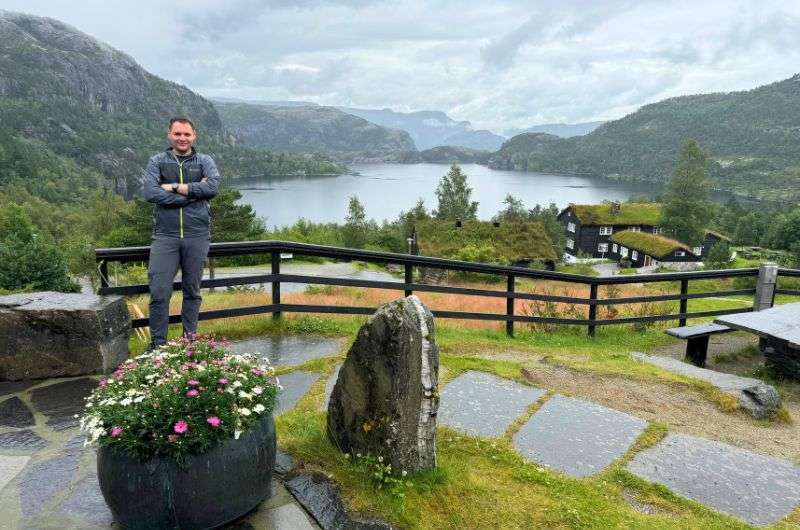
Me and Lysefjord making me a nice background
Sometimes, all you need to do is take the first step... I've filtered out the best hotels in Norway for you
Save it for yourself to come back to later, or share with your friends on social media!
I've already planned your ititnerary for the trip, complete with my travel tips.
The best attractions in Norway: map
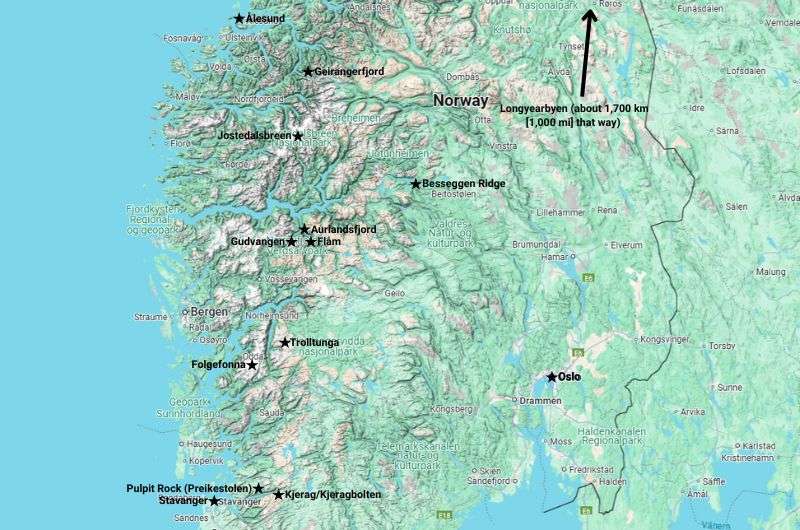
Map pinpointing all the best things to do in Norway
1. Ice-hike Folgefonna glacier
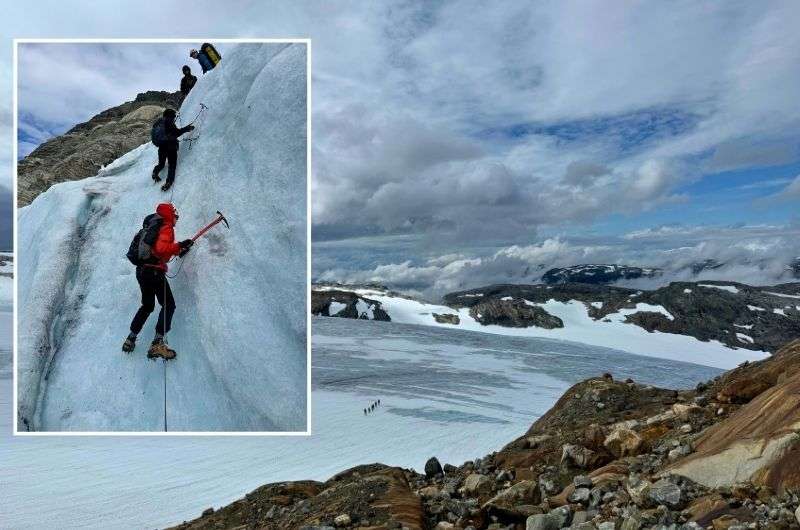
Folgefonna hike is the number one thing to do in Norway
Fun fact: Folgefonna is the third-largest glacier in mainland Norway. But what makes it so special is that it’s a maritime glacier.
What does that mean? Well, I’m no geography teacher, but it exists not necessarily because it’s cold; it’s that it’s fed by significant precipitation from Norway’s west coast—the same weather systems that make Bergen Europe’s rainiest city. The snow and ice here are ancient, some of it over 1,000 years old.
It stretches across the Folgefonna National Park like a frosty blanket, resulting in amazing landscapes in every direction you look. And what I can tell you from personal experience is that walking on such a vast blue mass is an experience like no other.
The thing is, practically, you can only hike Folgefonna glacier as part of a guided tour. For NOK 1,905 (USD 174), Go Fjords offer 5-hour tours of Folgefonna, including transport to and from Bergen and ice hiking equipment, if you need it. Oh, and the other thing is that you can only do it in summer.
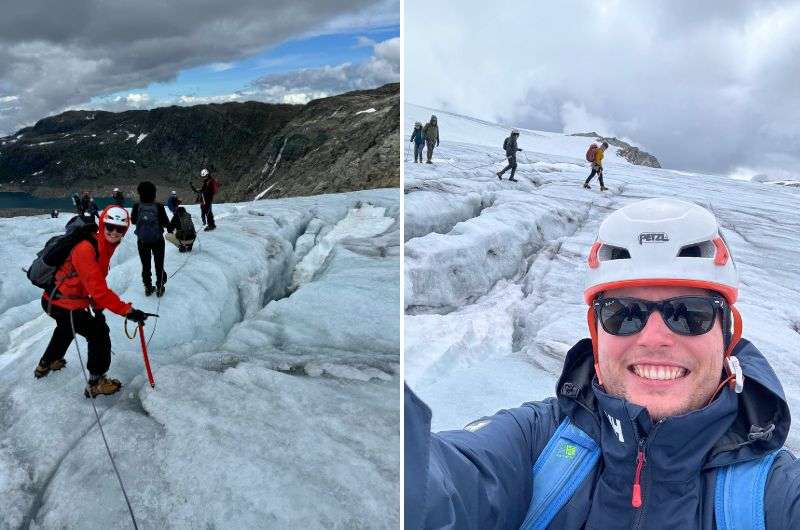
That was a blast
Expect uneven surfaces, 25-meter (82-foot)-deep crevasses, and meltwater streams. It feels like a long trek and you need to make sure you layer up properly, but it’s all totally worth it. This glacier even made it onto my ranking of the 10 best hikes in Norway!
Folgefonna glacier hike stats
- Distance: 6 km (5 mi), loop
- Elevation gain: 400 m (1,312 ft)
- Difficulty: Moderate
- Hiking time: 5 hours
- Trailhead: Google Maps link to trailhead
2. Cruise in your own motorboat on Aurlandsfjord
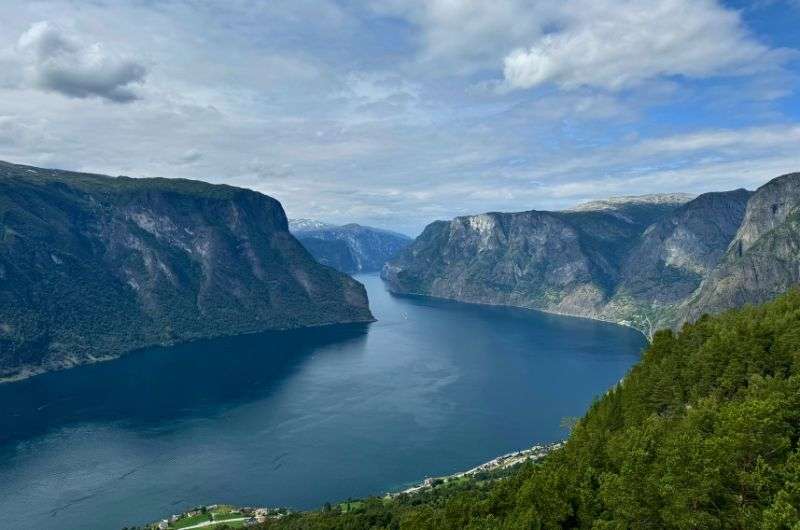
Cruising the Aurlandsfjord, for me only in a rented motor boat
Aurlandsfjord is the quieter cousin of the UNESCO-famous Nærøyfjord, and it’s fair proof that good looks run in a family. The towering cliffs, mirror-like water, and intense serenity—it’s all here. Oh, and the air is so fresh, I almost wanted to bottle it and start my own health brand.
What’s the coolest way to experience Aurlandsfjord, one of the best fjords in Norway? Rent a motorboat and go solo!
It’s roughly the same cost as a cruise or a so-called “fjord safari”, but you control what you see, where you go, and how long you stay on the water, right beneath those towering cliffs that take your breath away. I’m not the emotional type, but I swear, this was one of the most unforgettable, thrilling experiences of my life.
I rented from Flåm Boat Rental. The boat is simple to operate—you don’t even need a drivers’ license. And this activity is well worth the NOK 2,690 (USD 243), because the perspective you get from your own boat is a real game-changer. I managed to explore 62 km (39 mi) in 3 hours, even reaching Nærøyfjord!
What did I see on this 3-hour boat trip? Well, I’m glad you asked...!
- Some crashing waterfalls (but didn’t get too close)
- A pod of dolphins—this was incredible, probably my favorite sighting
- A cruise ship—kind of cool to be up-close to, but mildly terrifying
- Some huge sea otters—again, cool but kind of scary
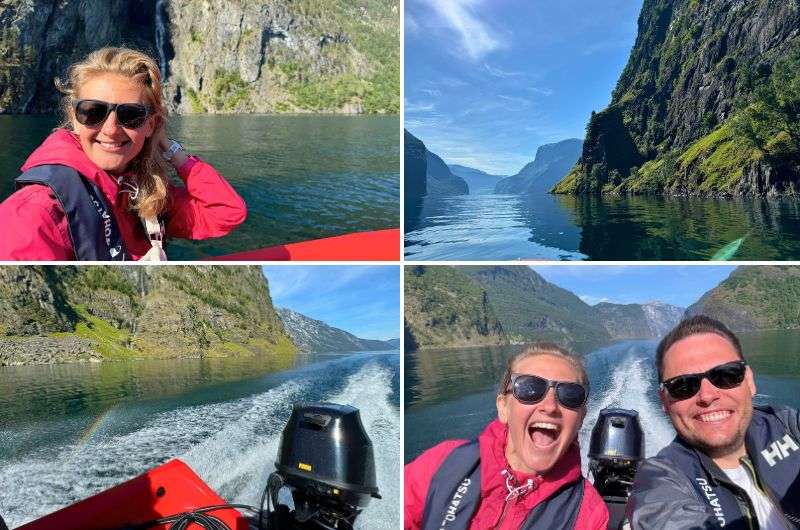
We sailed all the way to Nærøyfjord
Fun fact: Both Aurlandsfjord and Nærøyfjord are branches of Sognefjord, the longest and deepest fjord in Norway.
And when in Flåm, tick off as many other fun things to do as you have time for. Be sure to check out my article on the unmissable attractions around Aurlandsfjord:

3. Stand on Pulpit Rock (Preikestolen)
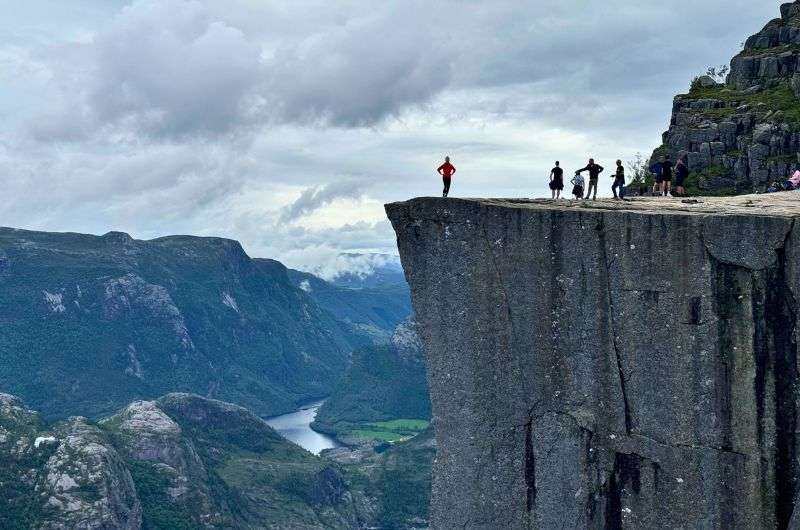
Pulpit Rock
Also known as Preikestolen, Pulpit Rock is one of my absolute musts when it comes to things to do in Norway!
It’s essentially a tabletop cliff located just 45 minutes’ drive from Stavanger. The hike to the top isn’t so difficult (one reason why it’s one of the more popular attractions in Norway); just 4 km (2.5 mi) each way. Expect a well-maintained trail with forest sections and epic views along the way.
It takes about 1.5 hours to get to the top, and the summit is pure magic: a natural granite platform jutting out over Lysefjord. The 600-meter (1,969-foot) drop beneath your feet will certainly test your fear of heights, even if you don’t claim to have one. It’s crowded, but the views are worth it—the scenery reminded me of Yosemite.
Pro tips: Go later in the afternoon to avoid the bus crowds, and budget for tolls (NOK 164 [USD 15] one way) and parking (NOK 250 [USD 23]).
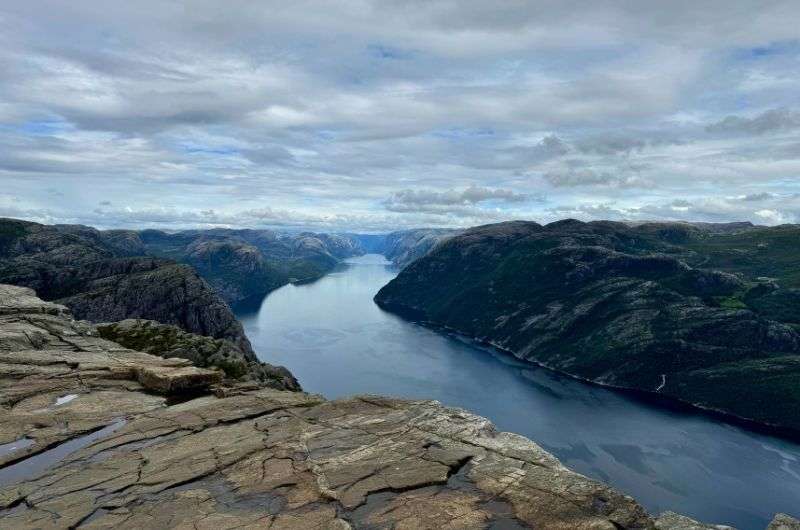
Best hike with the best view
To sum up, this is hands down one of the most stunning hikes I’ve ever done. Read more about my experience hiking Pulpit Rock.
Pulpit Rock (Preikestolen) hike stats
- Distance: 8 km (5 mi), out-and-back
- Elevation gain: 398 m (1,306 ft)
- Difficulty: Moderate
- Hiking time: 4–5 hours
- Trailhead: Google Maps link to trailhead
4. Let your jaw drop on the Besseggen Ridge hike
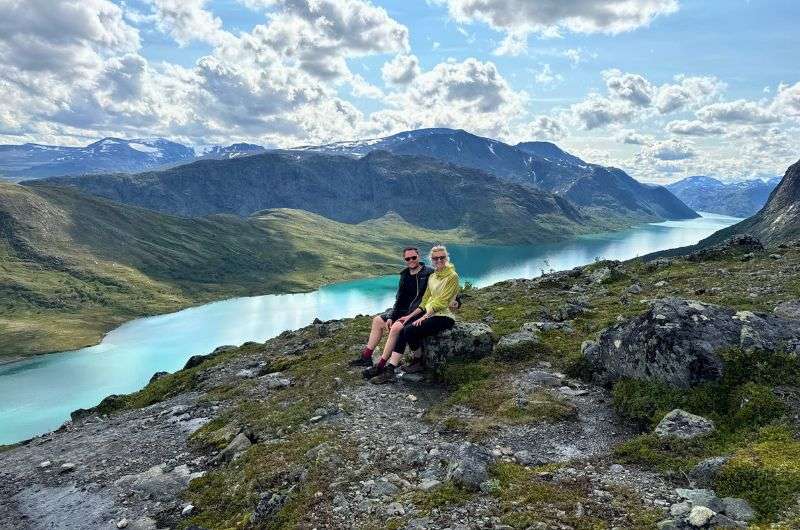
Besseggen Ridge hike
The Besseggen Ridge hike is one of Norway’s most famous treks—possibly the most famous in Jotunheimen National Park. It’s a 14-kilometer (9-mile) adventure across rugged terrain, complete with pretty steep climbs, a narrow ridge, and an elevation gain of around 1,100 m (3,600 ft). Yeah, gulp.
But I have to recommend it for the truly insane views you get over Gjende and Bessvatnet lakes. And honestly, there’s just something euphoric and empowering about walking along a narrow pass between two bodies of water. You feel a bit like Jesus, only your jaw is on the floor.
A practical note: The Besseggen Ridge hike starts at Gjendesheim harbor. You then choose your own adventure—hike first and get the ferry on your return, or get the ferry first and hike afterward. It's a bit complicated, so read my detailed article on Besseggen Ridge to find out more.
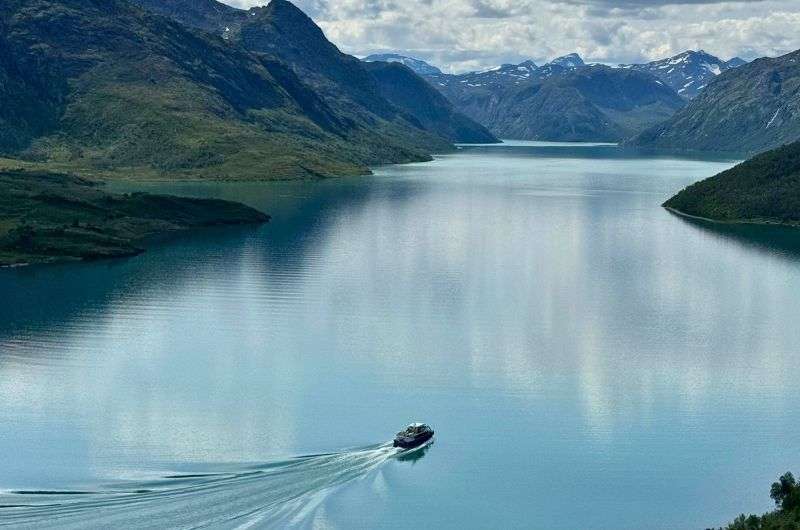
The photos of these stunning views take themselves
Besseggen Ridge hike stats
- Distance: 14.3 km (8.9 mi), point-to-point
- Elevation gain: 1,074 m (3,523 ft)
- Difficulty: Hard
- Hiking time: 6–8 hours
- Trailhead: Google Maps link to trailhead
5. Feel the adrenaline on the Kjerag/Kjeragbolten hike
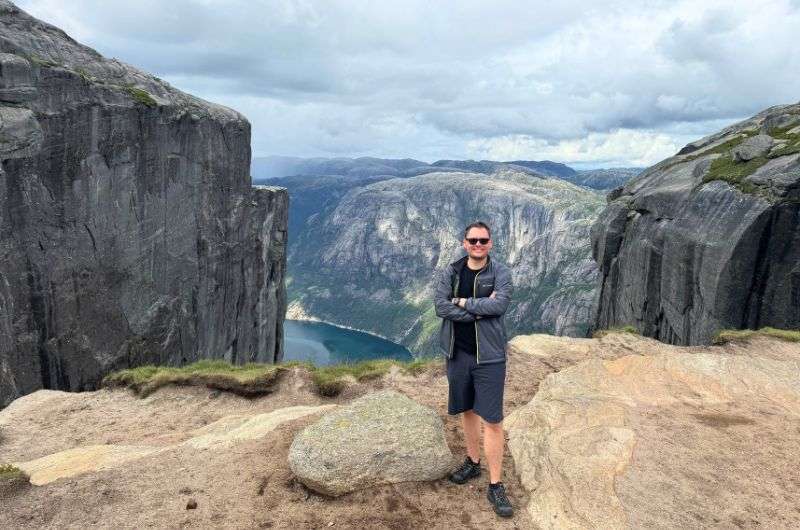
Another epic Norwegian hike—Kjerag hike
Fun fact: Kjerag is the highest mountain to surround Lysefjord, towering at 1,100 m (3,608 ft). But the real star of the show is Kjeragbolten—the large, world-famous boulder wedged between two cliffs at the top, luring maniacs to step onto it.
What’s it like to hike Kjerag? I can tell you from personal experience that your calves will burn like hell, you'll have several blisters by the end of the day, and you’ll fear for your life at times, clinging onto chain ropes against a steep and slippery rock face. But ultimately, it’s one of Norway’s most iconic hikes, and an experience I'll never forget.
If (unlike me) you’re a bit of a daredevil, by all means, line up to step onto Kjeragbolten and get your photo. But in my opinion, the views from around the Kjerag boulder are far more impressive than what you must get from standing on it. Especially considering how steep the ravine at the end of the trail is, it’s hands-down one of the most insane drops I’ve ever seen!
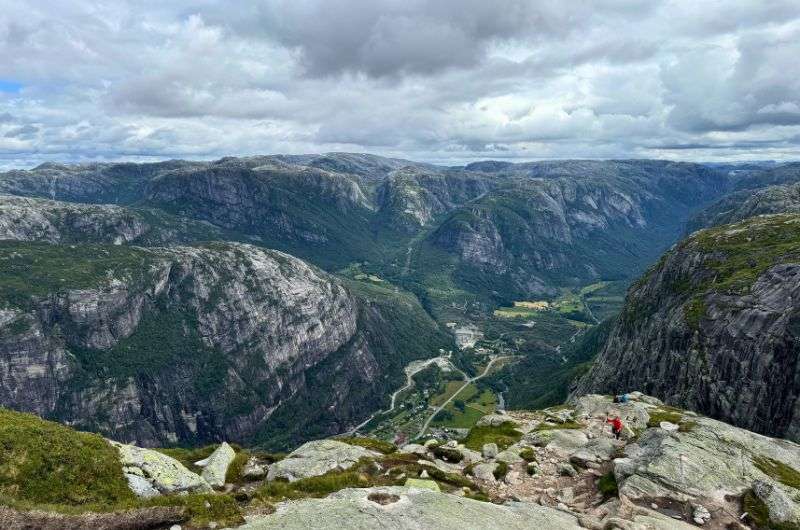
You'll step really high
Read this detailed account of the very terror I experienced on Kjerag:

Kjerag/Kjeragbolten hike stats
- Distance: 9.3 km (5.8 mi), out-and-back
- Elevation gain: 583 m (1,913 ft)
- Difficulty: Hard
- Hiking time: 6 hours
- Trailhead: Google Maps link to trailhead
6. Wait in line for a photo on Trolltunga
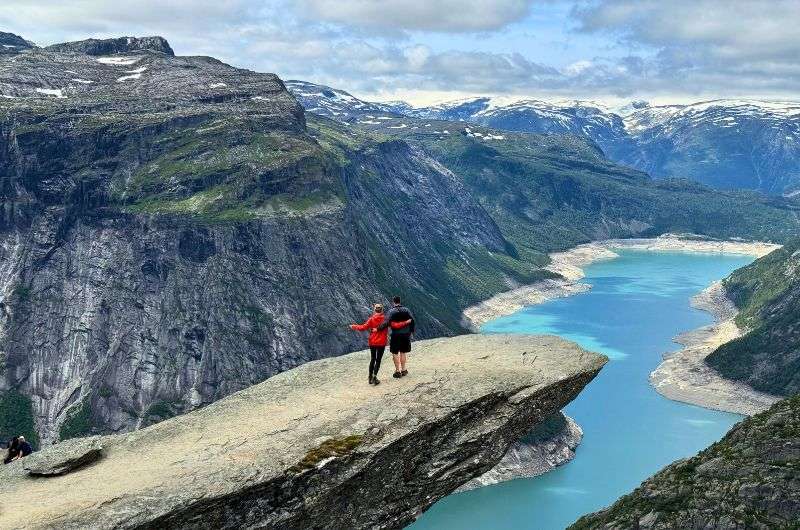
Trolltunga conquerors
And if you just can’t get enough of standing in a line of other tourists to get onto a cliff edge, here’s another tip for you. Trolltunga is a narrow cliff platform perched 700 m (2,297 ft) above Ringedalsvatnet lake near the vast Hardangerfjord. I can confirm that standing on it feels like you’re at the edge of the world.
The trail is idiot-proof—clearly marked and easy to follow. The first 2.5 km (1.6 mi) are the toughest, climbing from 330 m (1,082 ft). After that, it’s smooth sailing along a high plateau with stunning mountain-and-lake views (if the weather cooperates).
It’s not a technically difficult hike; just really damn long. At a steady pace, it takes around 3.5 hours to get to the top. Still, this is hands-down one of the best things to do in Norway. If I haven’t convinced you yet, read my detailed article on experiencing Trolltunga.
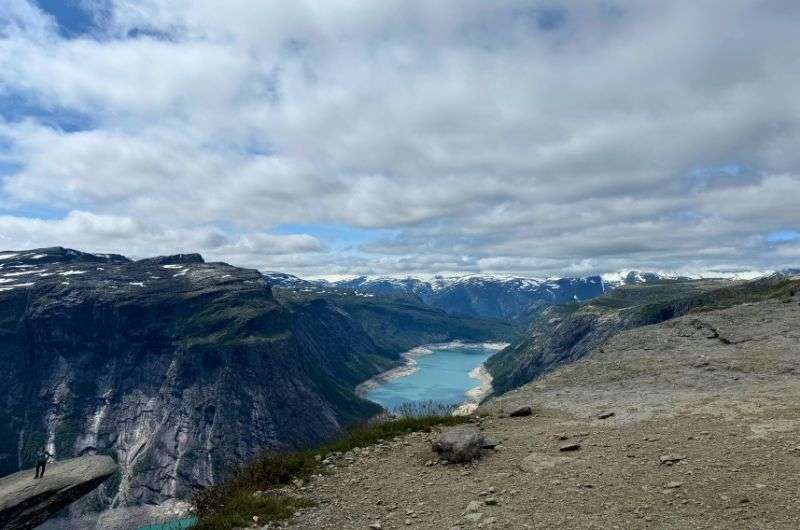
Just like a poster
Pro tip: Start EARLY. This is especially important for Trolltunga because it’s so popular. I started at 8:30 am and still waited 30 minutes in line for that iconic photo.
Trolltunga hike stats
- Distance: 25.7 km (16 mi), out-and-back
- Elevation gain: 1,221 m (4,006 ft)
- Difficulty: Hard
- Hiking time: 8–9 hours
- Trailhead: Google Maps link to trailhead
7. Learn about the Norwegian oil industry in Stavanger
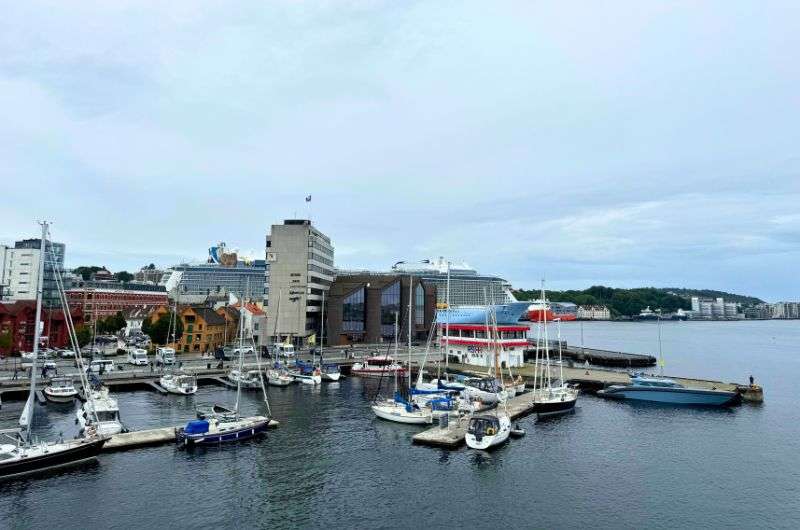
Norwegian Oil Museum
Tip: If you want to hike Pulpit Rock or Kjerag (or hopefully, both), Norway’s third-largest city of Stavanger is the best place to base yourself. And if you only visit one attraction in Stavanger proper, make it the Norwegian Petroleum Museum.
I know what you’re thinking—who wants to go see a house dedicated to a load of black gunk under the sea...?
But it’s so much more than that. Oil is Norway’s economic backbone, so much so that a unique model taxes oil companies at 51%, and all that revenue goes into the world's largest pension fund. That’s just one example of how influential this stuff is, and you get to learn much more at the Norwegian Petroleum Museum.
As to be expected from the “oil capital” of Norway, this is Stavanger’s most visited museum. It may be a bad dream if you’re a climate activist, but for those of us who live in the real world, it’s cool, original, and mind-blowing. (And to be fair, there is a good bit from the climate change angle.)
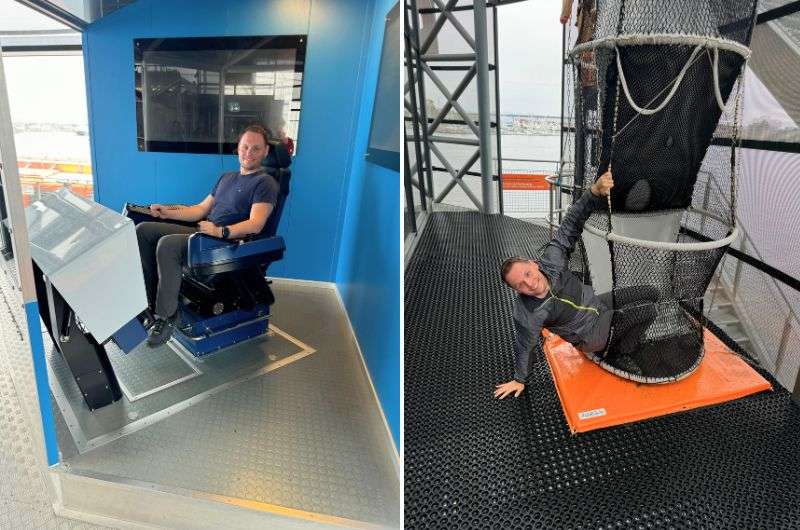
The Norwegian Oil Museum is super interactive
It’s super interactive, too. Don’t miss trying on the Helly Hansen survival suit—a fun way to see what oil workers deal with. All in all, you won’t find anything like this place anywhere else, and I can’t recommend it enough. Plan for a two-hour visit at least!
For more top things to do in Stavanger, check out my other article:

8. Look at Geirangerfjord (a UNESCO World Heritage Site) from all sides
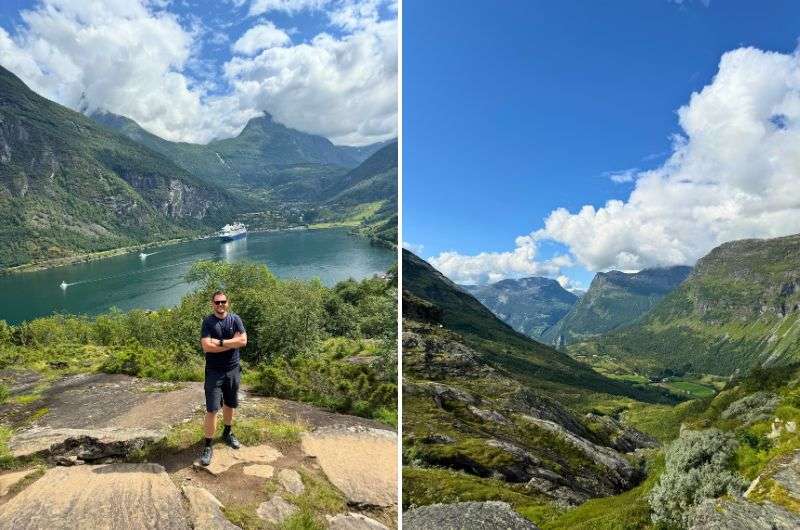
Geirangerfjord
Geirangerfjord is the golden child of the Norwegian fjords. On the upside, it’s absolutely beautiful—totally worthy of its UNESCO stamp. On the downside, this is the fjord that everyone and their cousin visits. Take my advice: if you want to visit Geirangerfjord, especially in the summer, plan and book everything months in advance to avoid disappointment.
This includes finding out about the best things to do around Geirangerfjord, and as a true hike-and-viewpoint addict, I must point out that there are several spectacular perspectives to be had here. Here are just three of my favorites...
- Skageflå: A short but demanding hike up to an old, abandoned goat farm that looks over the fjord.
- Seven Sisters: Seven distinct waterfalls at an average height of 250 m (820 ft) on the other side of the fjord from the farm.
- Dalsnibba: The highest fjord viewpoint in Europe accessible by road, offering a panoramic view. Comes at a cost of NOK 330 [USD 30].
Further reading: The best Norwegian fjords
9. Go beyond the Arctic Circle to hunt the northern lights
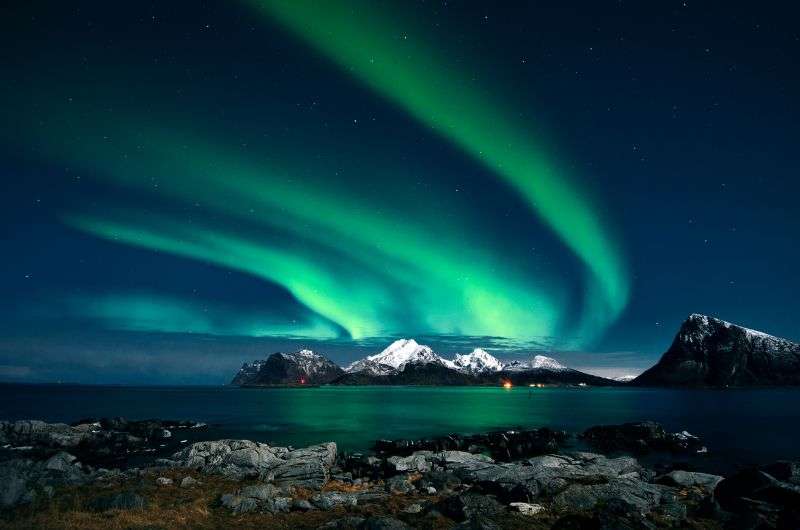
For the lucky ones—Northern Lights
While most people visit Norway to see the fjords, the aurora borealis probably comes a close second in any ranking of the best attractions in Norway.
And while you’re never guaranteed a light show anywhere at any time, bear in mind that your best chances of catching the aurora lie between 65° and 72° in Northern Norway. Yep, this means going beyond the Arctic Circle—somewhere like Tromsø, for example. And yep, this means it’ll be frickin’ freezing, so pack all the thermal layers you can fit in your suitcase.
But when exactly is the best time to visit Norway for the northern lights? Winter, between October and March. If it came down to it, I’d say that October is the best month overall. This is because the weather is slightly milder (for Norway, that is) than it is in the middle of winter. The skies are clear enough before the heavy winter snow hits, and at the same time, the nights are long enough.
For more first-hand advice on what to expect in each month of the year, see my article on the best time to visit Norway.
10. Let the midnight sun mess with your circadian rhythm
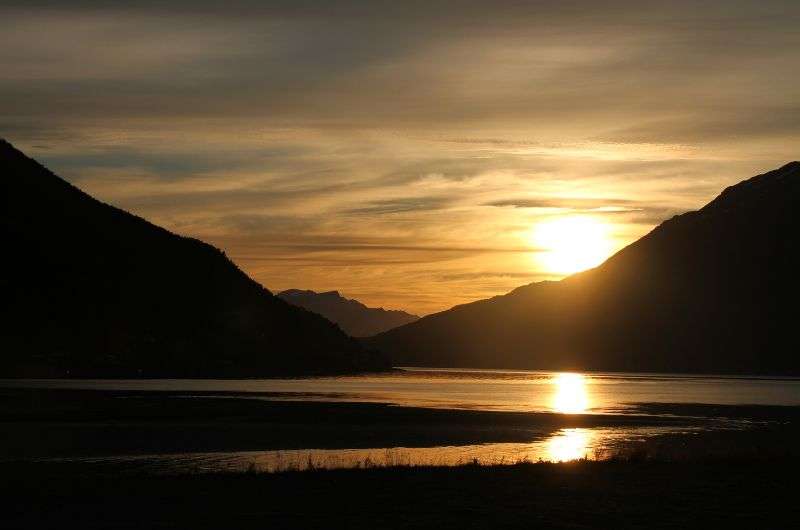
The long daylight
And if there are long, dark, aurora-appropriate nights in the winter, give-or-take six months later, there’s the midnight sun. Honestly, I’ll never understand how the Norwegian population isn’t totally messed up all year round...
Luckily, if you visit Norway in the summer (like I did), you get to sample the light nights at no extra cost! Again, you need to go beyond the Arctic Circle for the most disorientating experience, this time between the months of May and July.
It’s hard to describe what it feels like not to have seen dark outside for days on end, but your circadian rhythm being off-balance is almost like... a trip? Some like alcohol, some like drugs, but I personally rate the midnight sun as an alternative means of intoxication.
11. Witness Viking life in Gudvangen
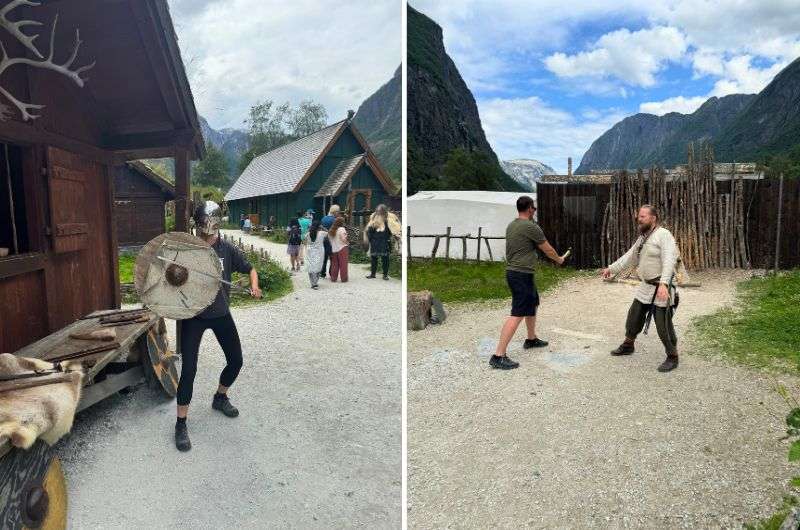
Trying out the Viking activities
Gudvangen is a village at the end of Nærøyfjord, and quite possibly the most picturesque spot in Norway. You heard it here first!
It also happens to be home to the famed “Viking Valley of Njardarheimr”, which feels like a (staged) Norse retreat. At this open-air museum, the staff stay in character as “Viking villagers”, and guest participation is their game. Okay, it’s a total tourist trap, but they’re nailing the vibe they go for.
For just NOK 235 (USD 21), you can explore interactive exhibits such as axe-throwing and bow-and-arrow-shooting, eat Viking food, and come away with a rich knowledge about Viking life.
For example, did you know that Vikings weren’t a nation of people, but seafaring warriors? Their gear—shield, axe, spear, and dagger—doubled as farm tools, and missing equipment could land them fines. Helmets? Super rare. Swords? So costly that only a few of the elite had them.
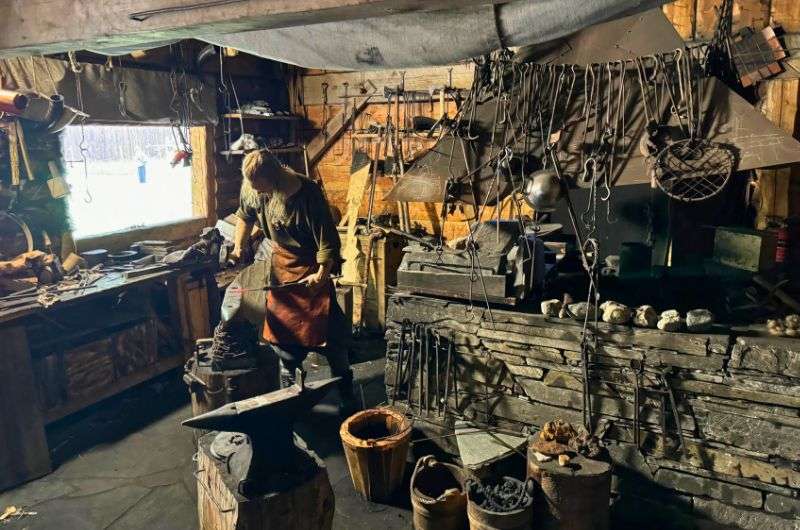
Viking crafts demontration
You’ll find this weird place just a 20-minute drive from Flåm. I was like a kid in a candy shop beneath the grass-roofed huts, so if you’re anything like me, of all the attractions in Norway, this pick is a must for your itinerary.
You might also be interested in:

12. Entertain your inner child on the Flåm Railway
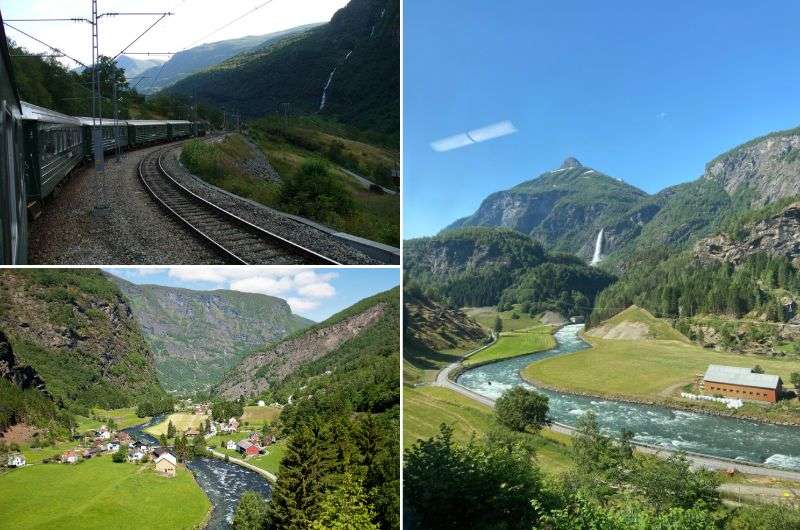
Views from the Flåm Railway
The Flåm Railway (Flåmsbana) has to be one of the very top things to do in Norway, having been described as “one of the world’s most beautiful train journeys”. This is one of the attractions that people who are on the famous, pre-arranged “Norway in a nutshell” tour flock to. Essentially, it’s a 20-kilometer (12.4-mile) train ride that goes from Flåm at sea level to the village of Myrdal, at 860 m (2,822 ft).
The basic idea is this: you get to see Aurlandsfjord, one of the most beautiful fjords in Norway, and its surrounding scenery while exerting minimal physical effort. Think of it like a city tour bus, except without an open top deck, and with the opportunity to try sveler (Norwegian pancakes) on board. It’s the dream of children and lazy tourists.
I’ll be honest, the Flåm train ride was a fun thing to do and all, but it really is all about the journey. The fjord views you get from Myrdal at the top of the valley are nowhere near as good as the ones you get down by the water itself.
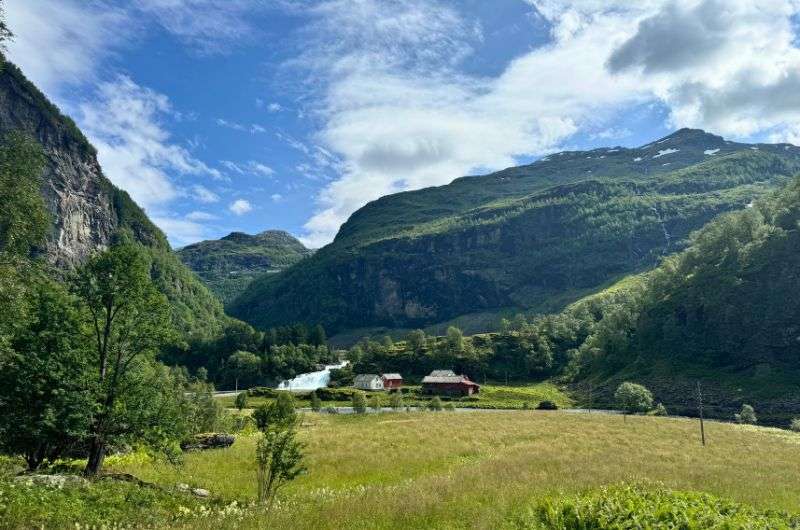
A ride through nature
Pro tip: There are several tourist companies that offer Flåm Railway tickets, but go directly with the operator, vy.no, for the cheapest deals.
See what other fun experiences the Aurlandsfjord area has to offer in my article on the best things to do in Flåm!
13. Try not to get wet from Jostedalsbreen’s waterfalls
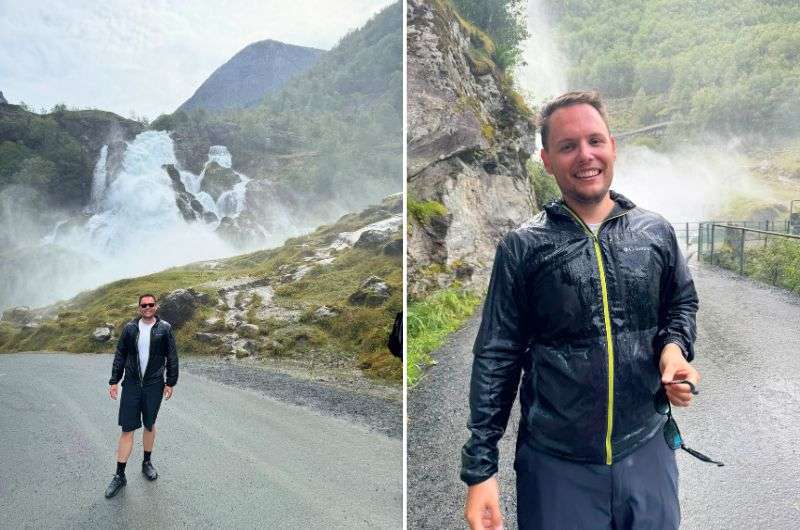
I failed...
While Folgefonna’s got the glaciers, Jostedalsbreen National Park is the land of glaciers and waterfalls. Here, jagged cliffs and icy rivers spill down into green valleys. This is what I always thought Norway would be like!
Of course, the best way to understand just how epic these waterfalls are is to go on a walk that’ll get you up close to them. While there are countless hiking trails to explore in this area, my favorite has to be the Briksdal glacier hike (Google Maps link to trailhead). I was told that this particular route offers everything a keen outdoor explorer could want. In short, yes, it’s pretty much true.
It’s basically Glacier National Park in Montana, but with towering cliffs, and the pièce de résistance, extra waterfalls. Everywhere you look on this 5.3-kilometer (3.3-mile) trail, what meets the eye is amazing.
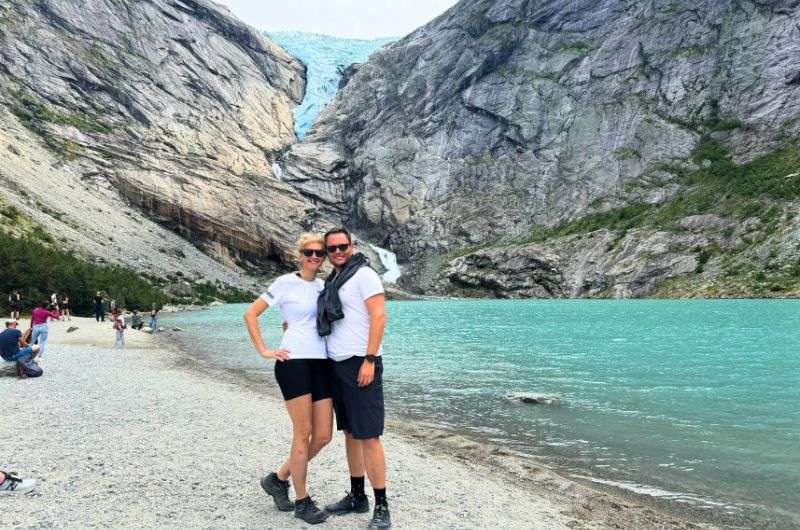
Us and the Briksdal Glacier
But believe me, the most important thing you should remember to bring on this hike is a good-quality rain jacket. Instinctively, you’ll try not to get wet. You will fail.
Fun fact: Jostedalsbreen is actually the largest glacier in continental Europe, which is why I included it in my list of the best 11 natural attractions in Norway:

14. Educate yourself at city museums
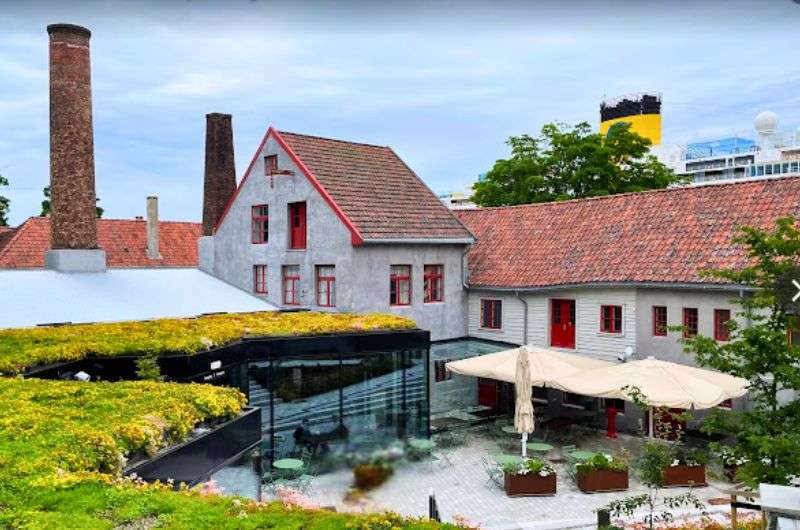
Norwegian Canning Museum, Stavanger
If you’re more a city-stomper than a nature enthusiast, well... why are you on vacation in Norway?! Fine, it’s none of my business, so here—just have a list of my top city museums in the country:
- Norwegian Petroleum Museum, Stavanger: As mentioned above, this was my favorite museum that I visited in Norway. It teaches you a lot about an industry so powerful, lucrative, and crucial for the nation, in a super fun and interactive way.
- Museum of Archaeology, Stavanger: A reconstructed Iron Age farm, mysterious Bronze Age artifacts, an eerie burial display, and more ancient history than you can shake a Viking sword at. I went in thinking I'd just browse, but I got hooked and spent a couple of hours here.
- Norwegian Canning Museum, Stavanger: A small museum dedicated entirely to canned fish (classic Norway). This place shows you every step of the process: from brining to smoking to sealing. Look forward to an old-school production line and vintage machinery.
- Fisheries Museum, Ålesund: If you’re desperate for some Norwegian fish heritage but happen to be based further north, this is a cool alternative to the Canning Museum. Housed in a historic warehouse near Ålesund harbor, it’s packed with stories and treasures from hardy fishermen.
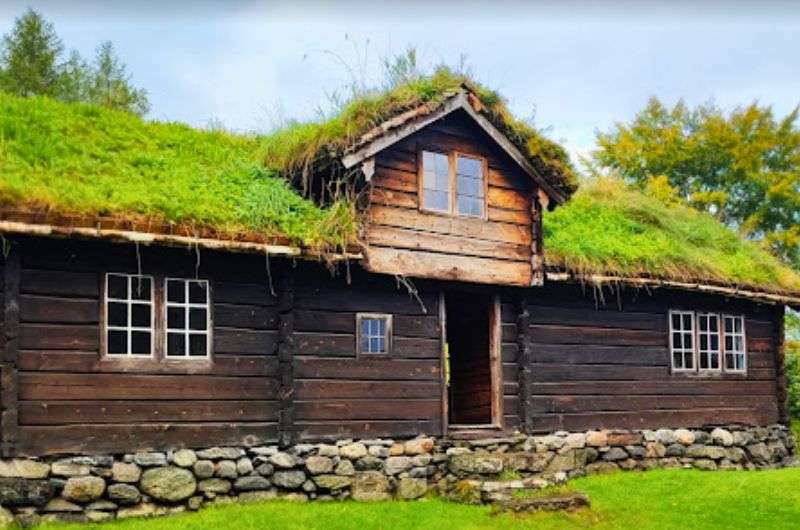
Sunnmøre Museum, Ålesund
- Sunnmøre Museum, Ålesund: An open-air museum located in the village of Borgundgavlen, just a 10-minute drive from central Ålesund. This is a treasure trove of the farming heritage of the area, housed across 56 buildings. Don’t miss the small Viking boats down by the water!
- Norwegian Museum of Cultural History, Oslo: Also an open-air museum, on the bank of the fjord in Norway’s capital. This one has over 150 historic buildings, including a stave church, farmhouses, and a few random artifacts. It totally sucked me in.
Further reading: Top things to Do in Ålesund, Norway
15. Visit Longyearbyen, the last town before the North Pole

Longyearbyen
So, you’ve looked at a map of Norway and concluded that the Lofoten islands aren’t far north enough for you? You absolute mad cat. Try this place for size...
Longyearbyen is the northernmost town in the world (with a population of over 1,000). Tucked away on Svalbard, Norway's northernmost archipelago, it’s a place where polar bears outnumber people, the sun doesn’t set at all in summer, and temperatures rarely reach above freezing. If this doesn’t scream “extreme adventure”, I can’t help you.
Fun fact: You’re legally required to carry a rifle outside Longyearbyen because polar bears will mess you up. Yeah... maybe don’t venture outside town.
The landscapes are simply ridiculous—arctic tundra, glaciers, and mountains that look straight out of a sci-fi movie. You can hike, snowmobile, or even dogsled your way through this otherworldly place. And let’s not forget the quirky stuff, like the Global Seed Vault and a ban on dying. (Yep, seriously—Google it.)
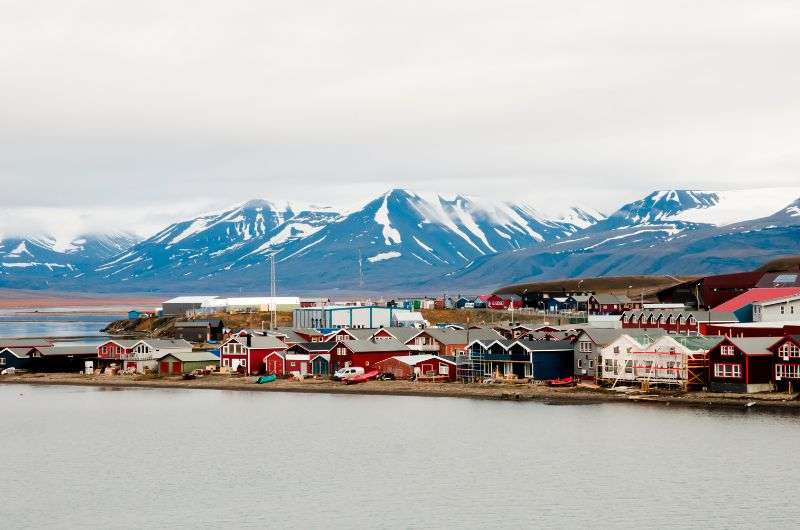
It's crawling with polar bears in Longyearbyen
How can you get to Longyearbyen, Svalbard? It's a three-hour flight from Oslo. Up until recently, you also used to be able to fly there from Russia, but well... y’know.
My top Norway travel tips
- The best time to visit Norway is between June and August. Let’s get this straight: it’s never hot in Norway, but in summer, you get the long days and optimum hiking weather. Just be prepared for everyone else to have had the same idea as you.
- Pack as if you were an onion. All year round in Norway, from north to south, wearing layers is key.
- Prepare yourself mentally for a lot of driving if you’re planning a road trip around the country. The average speed is around 70 km/h (43 mi/h), and people stick to it strictly. Norwegian drivers can be a bit rude, rarely yielding or making room, and they drive some hella flashy cars.
- Budget and plan ahead for parking. Parking in the Norway can be shockingly expensive and often limited near popular hiking trails and other attractions. Use official parking lots to avoid fines and always check if payment is app-based—many spots don’t take cash!
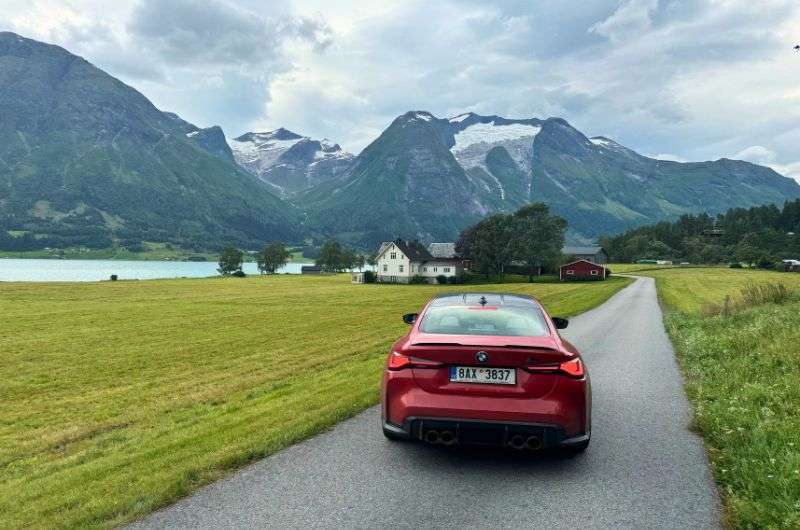
In Norway, you will do a lot of driving, so choose a comfortable car
- Ferries are your friends. They’re efficient, frequent, and surprisingly chill. Register your car on ferrypay.no and enjoy the ride without hassle.
- Gear up. Make sure you have sturdy, waterproof hiking boots, a rain jacket, and a reliable backpack. Bonus points for bringing trekking poles and a reusable water bottle. Norway’s tap water is fresher than most bottled brands!
- As a rule of thumb, the best time to start a hike is as early in the morning as you can manage.
- Fine dining is something that Norway does surprisingly well. Trust me—if you can afford it, treat yourself.
- Hotels aren’t amazing and the less said about restaurant service, the better. Lower your expectations. The best place that I stayed in Norway was probably Vangsgaarden Gjestgiveri in Aurland.
FAQ 1: What is Norway best known for?
Norway is best known for its jaw-dropping fjords, the northern lights, and its oil industry. It’s the ultimate outdoor playground with iconic hikes like Trolltunga, Kjerag, and Folgefonna. Throw in Viking history, tundra up north, and unique fishing heritage, and you’ve got Norway in a nutshell.
FAQ 2: Is 7 days enough in Norway?
7 days is enough time to see Norway, but you need to come prepared with a concrete itinerary. Norway is a pretty big country, and you need to be prepared for long drives all week if you want to get around all the must-sees.
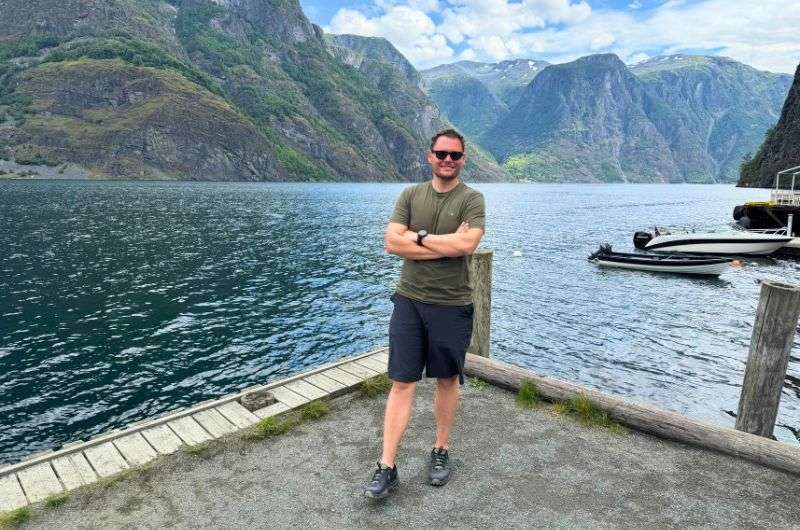
That’s it from me for now
The bottom line is it is feasible to visit all the best places between Stavanger and Oslo in just 7 days—see just how I did it with this 7-day Norway itinerary. Alternatively, if you want more time, be sure to check out my 14-day itinerary.
FAQ 3: Is Norway very expensive to visit
How expensive Norway is depends on where you’re coming from and the living costs you’re used to. Most people deem Norway to be a relatively expensive country to visit; that hotels, food, and activities can be pricey. If you’re one of these people, you can easily save cash by using public transport, packing snacks, and staying in budget accommodation.
Overall, Norway is about twice as expensive as other Western European countries, but for me, it wasn’t outrageous. I thought Israel was way worse on the wallet, for example.
Sometimes, all you need to do is take the first step... I've filtered out the best hotels in Norway for you
Save it for yourself to come back to later, or share with your friends on social media!
I've already planned your ititnerary for the trip, complete with my travel tips.
You might also be interested in reading:
- The Best 1-Week Norway Road Trip
- 11 Must-See Places in Norway
- 7 Epic Norwegian Fjords + Activities
- Hiking Pulpit Rock: My Experience
- The Best Time to Visit Norway
This post contains affiliate links. I earn a small commission if you make bookings through my links, at no additional cost to you. Thank you for your support!




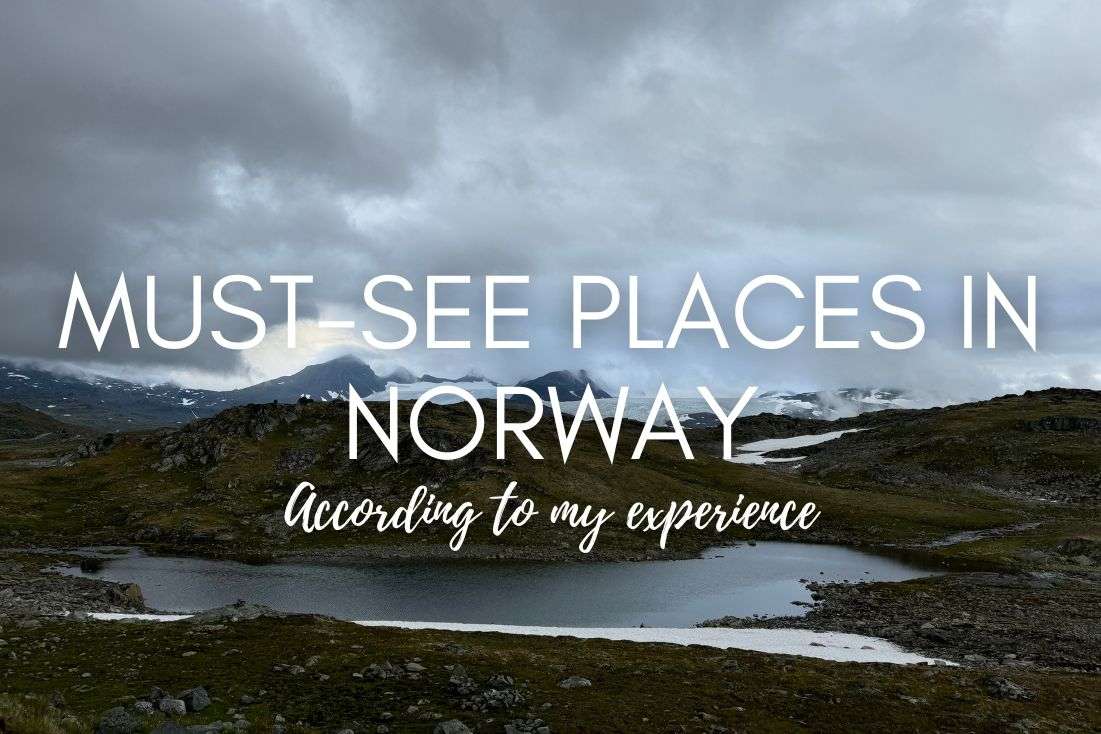
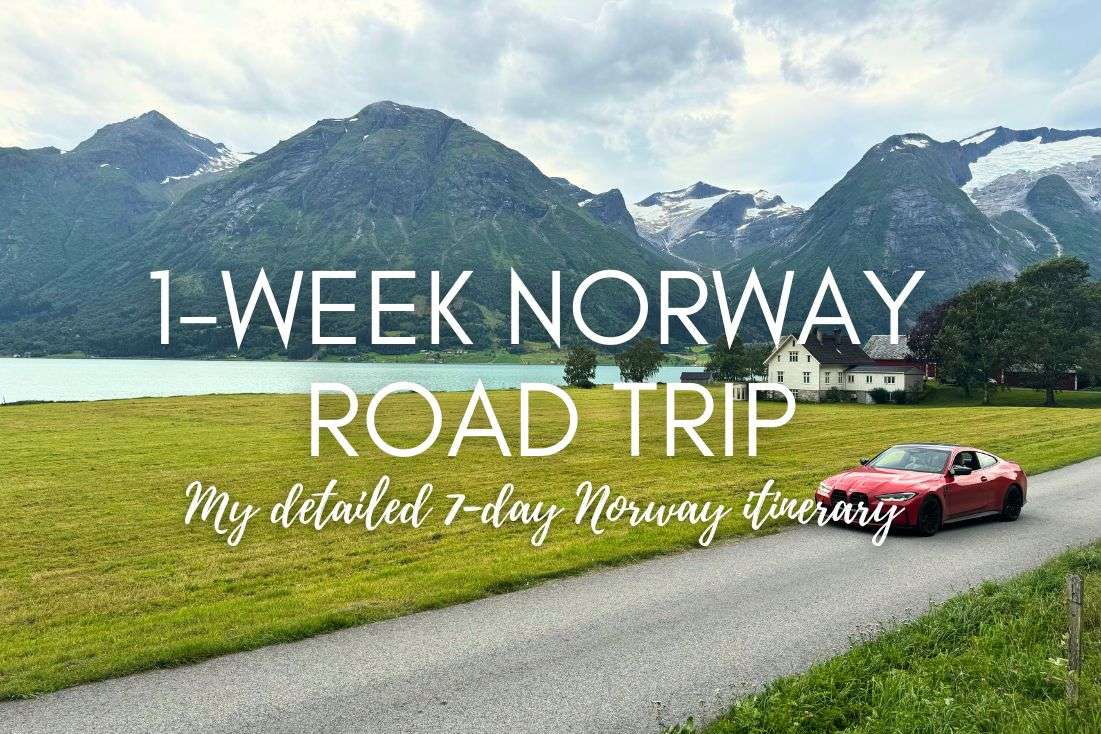
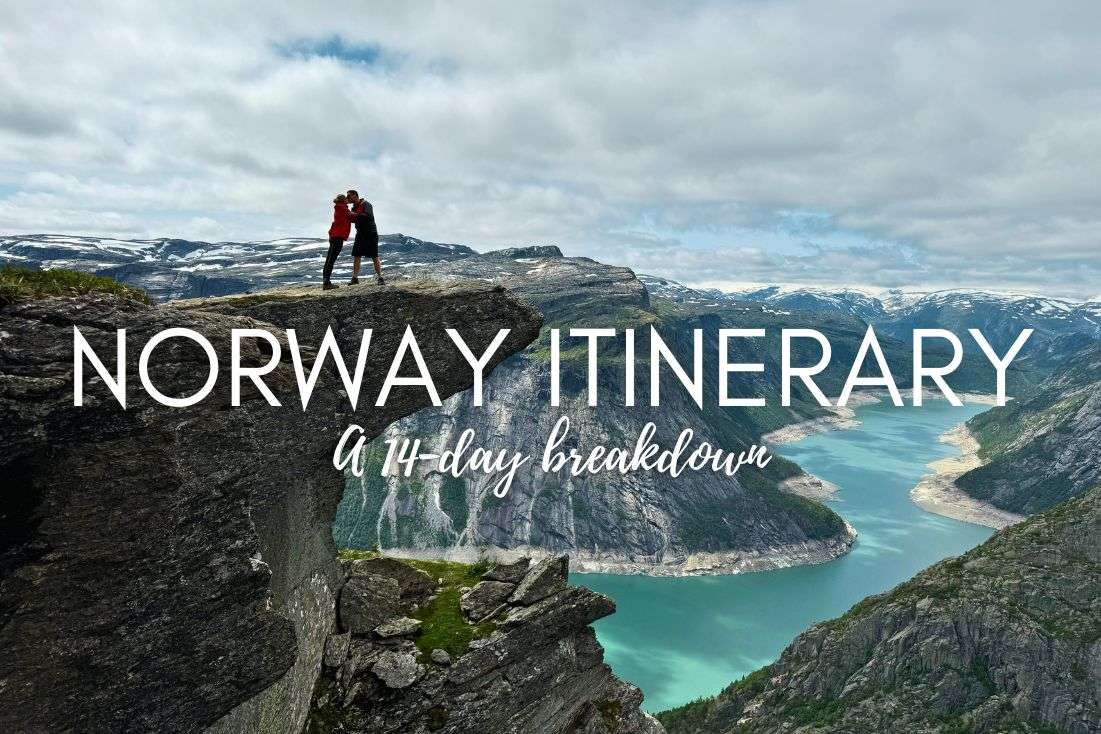



Comments | Thoughts? Give us a shout!